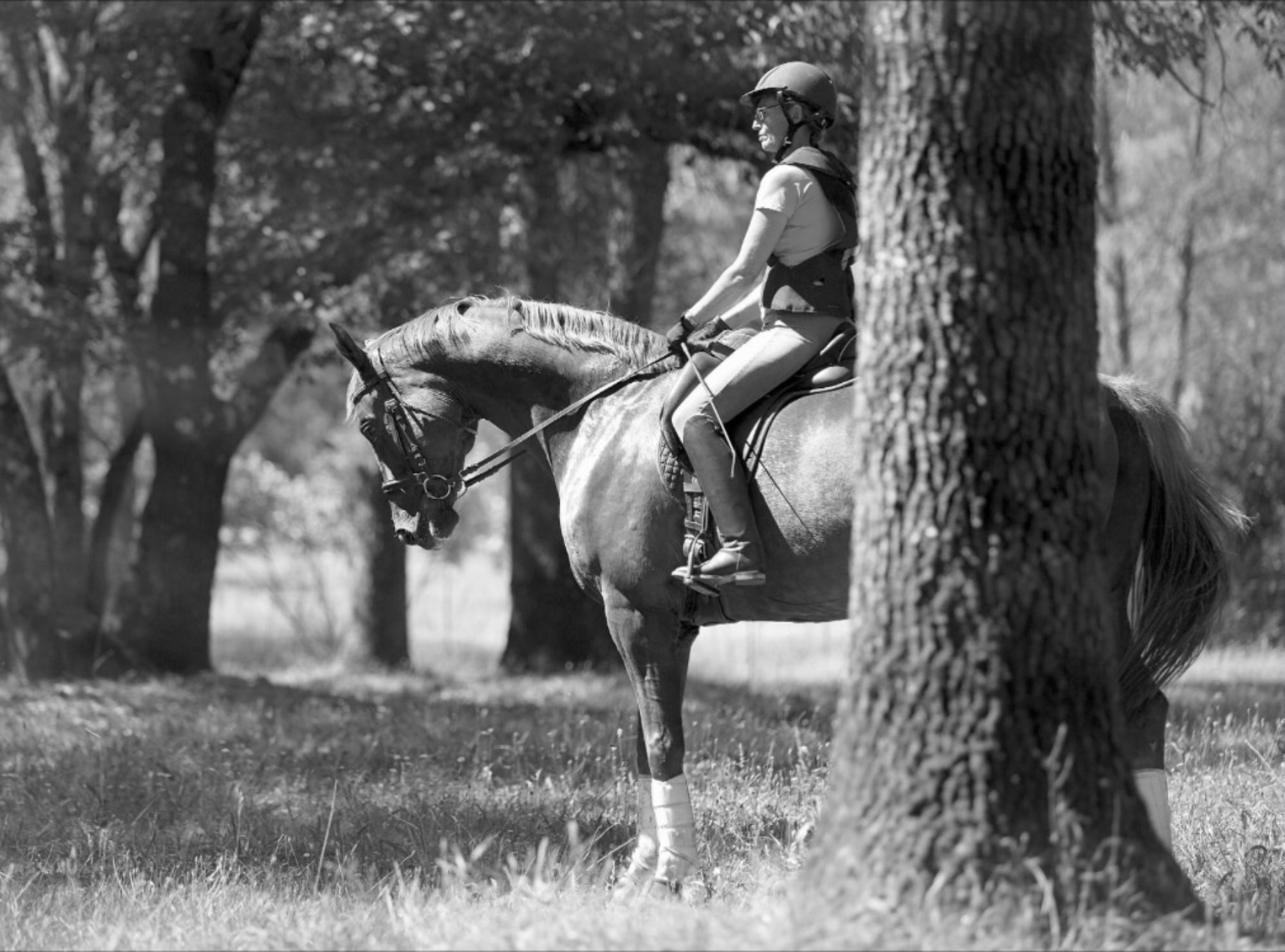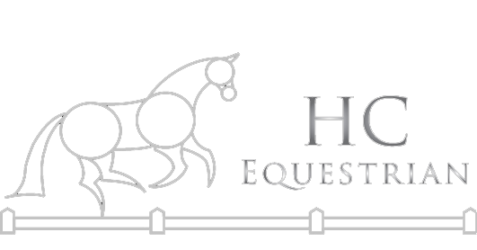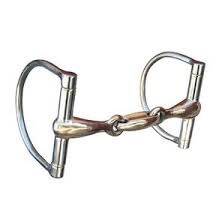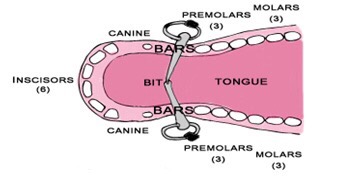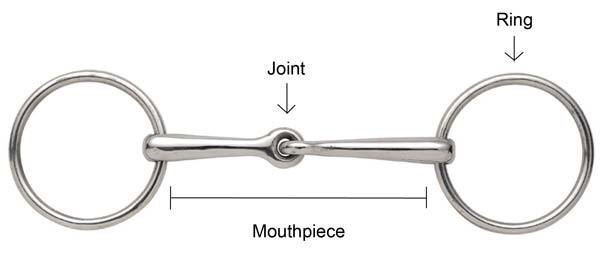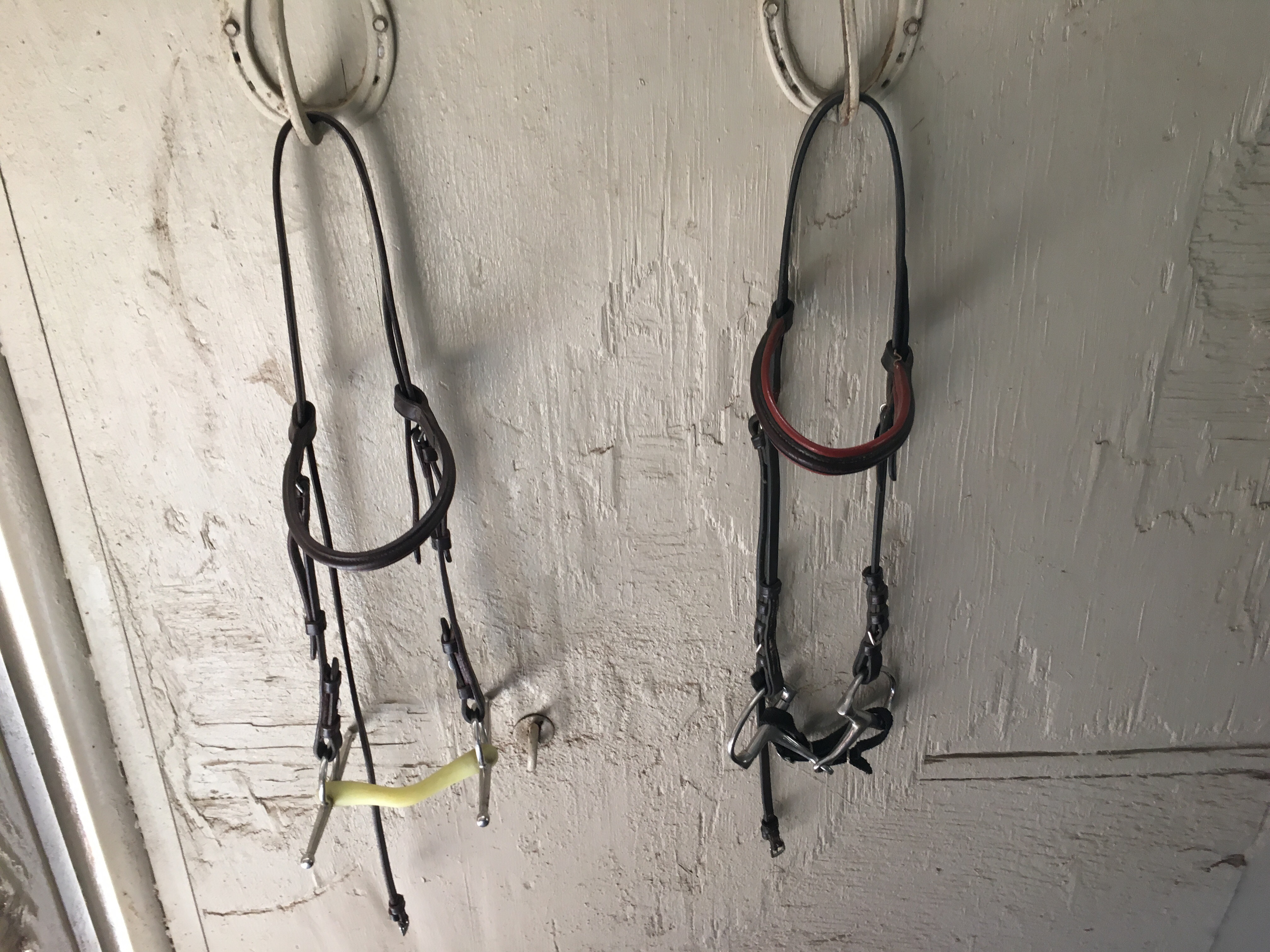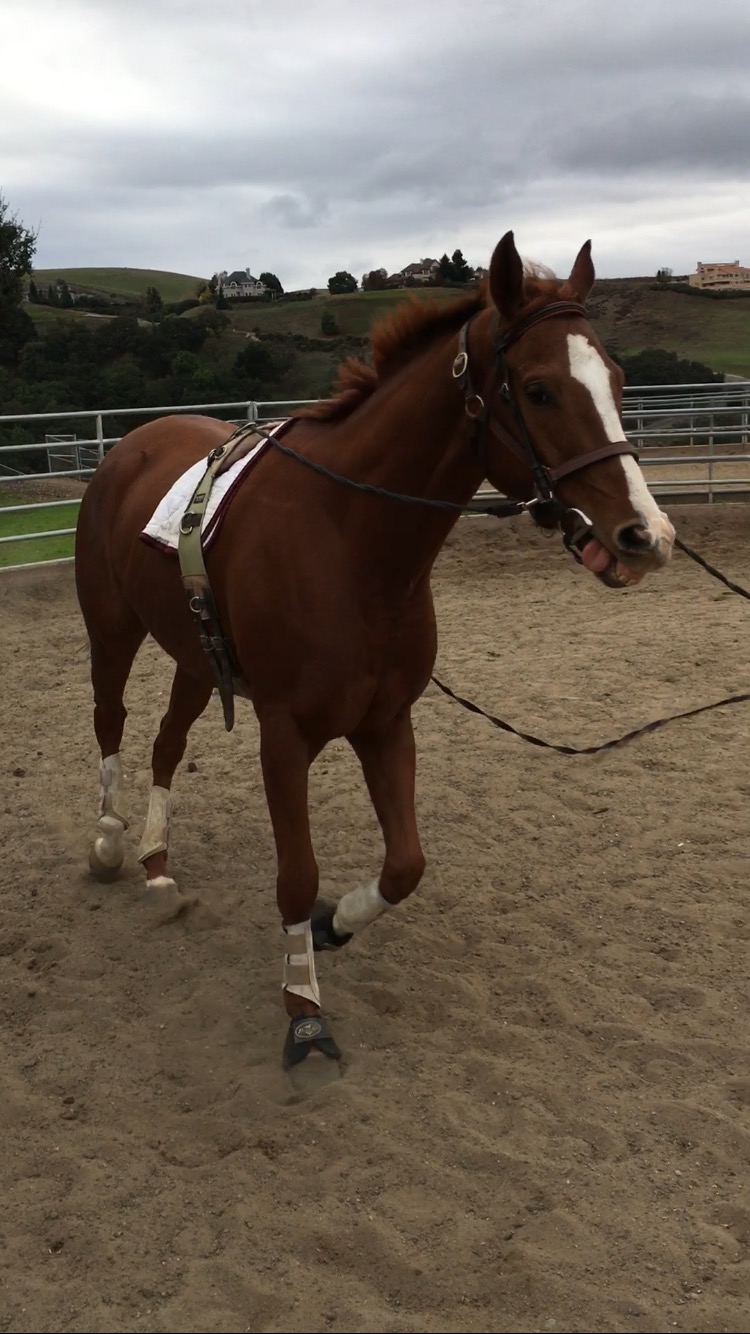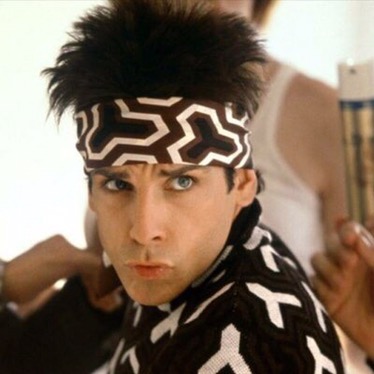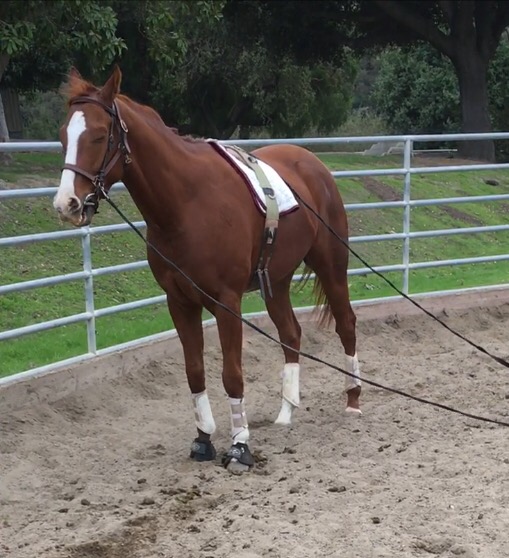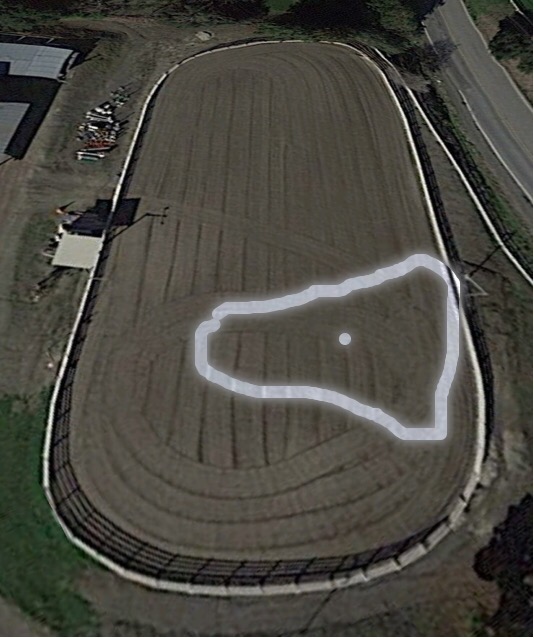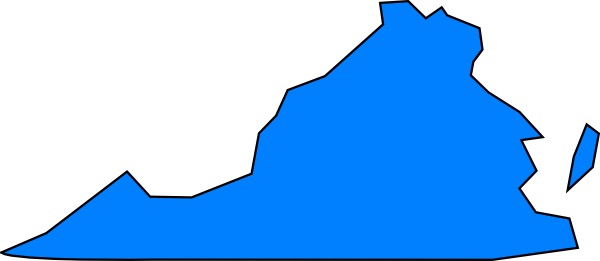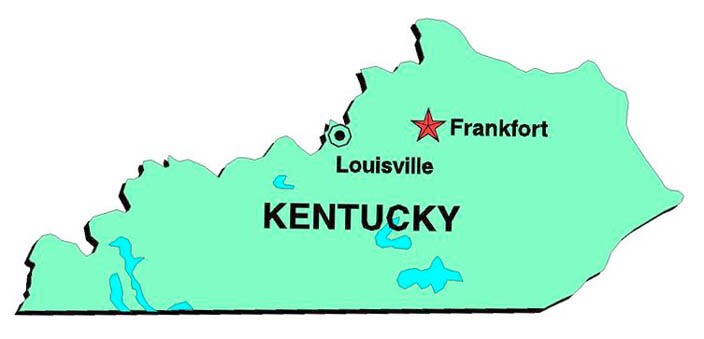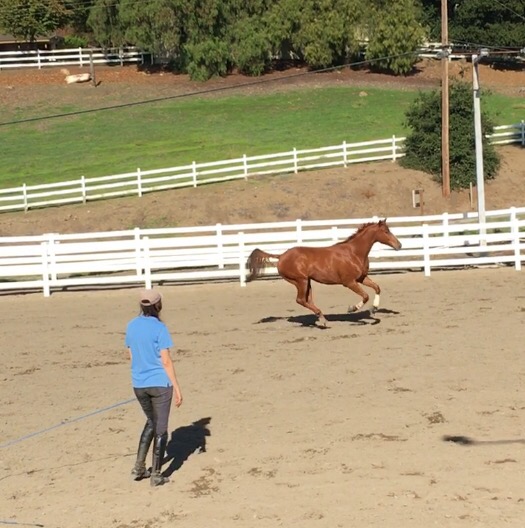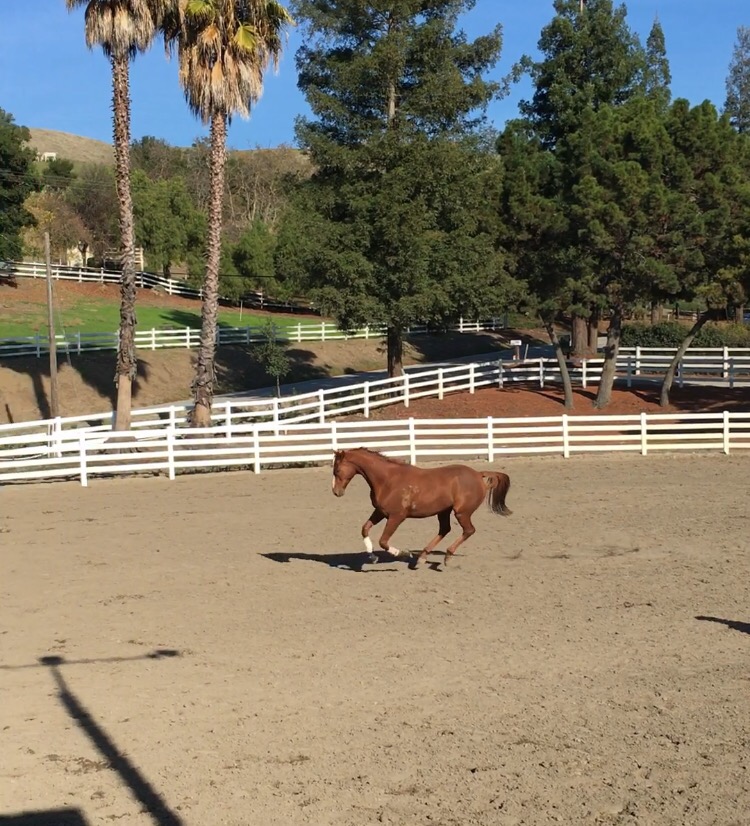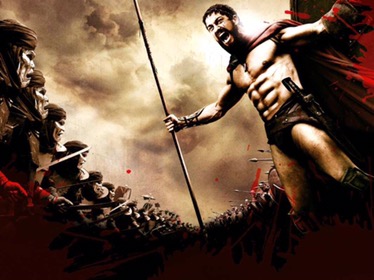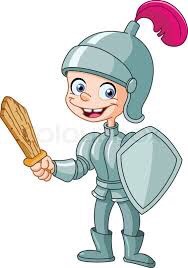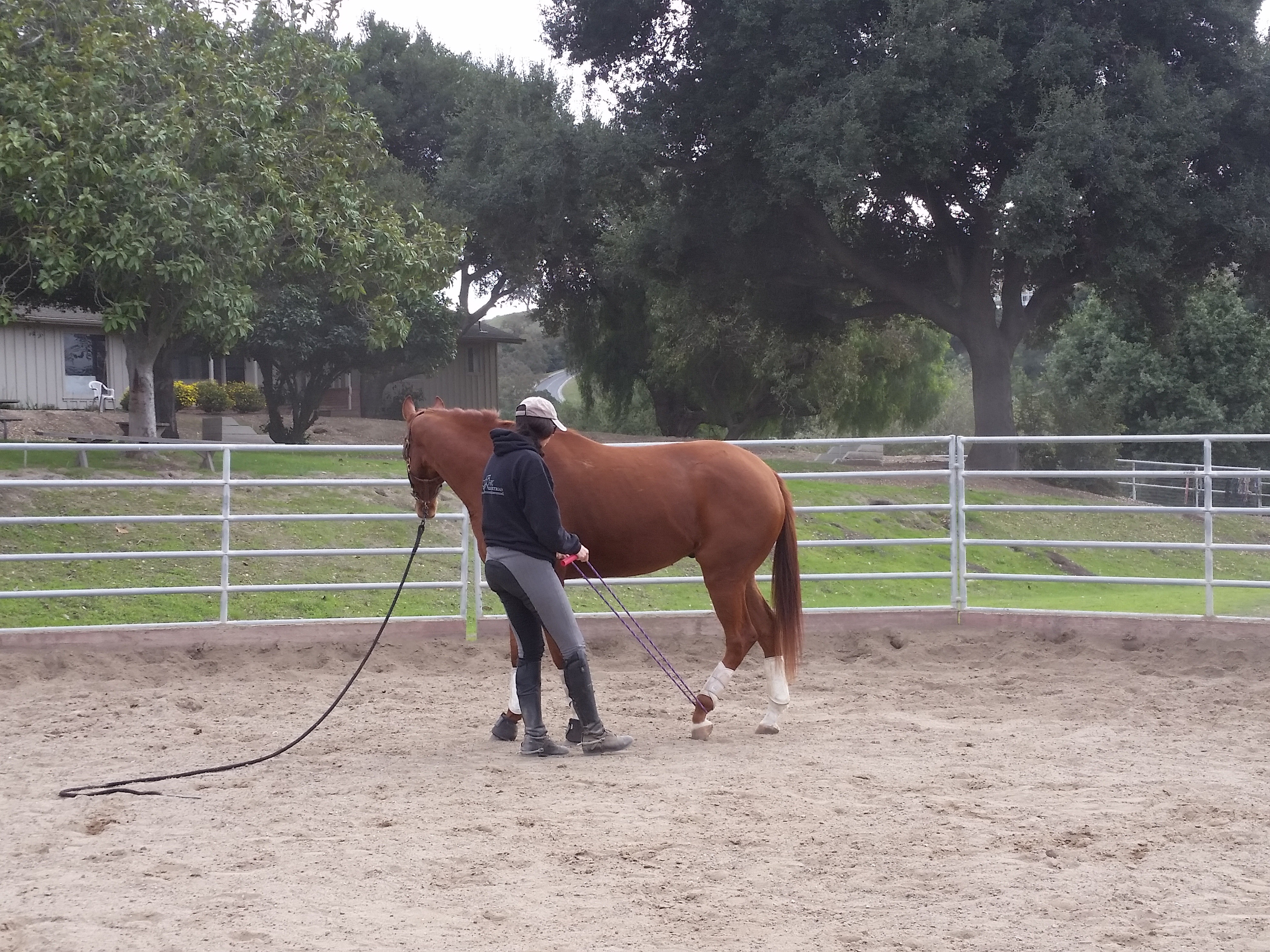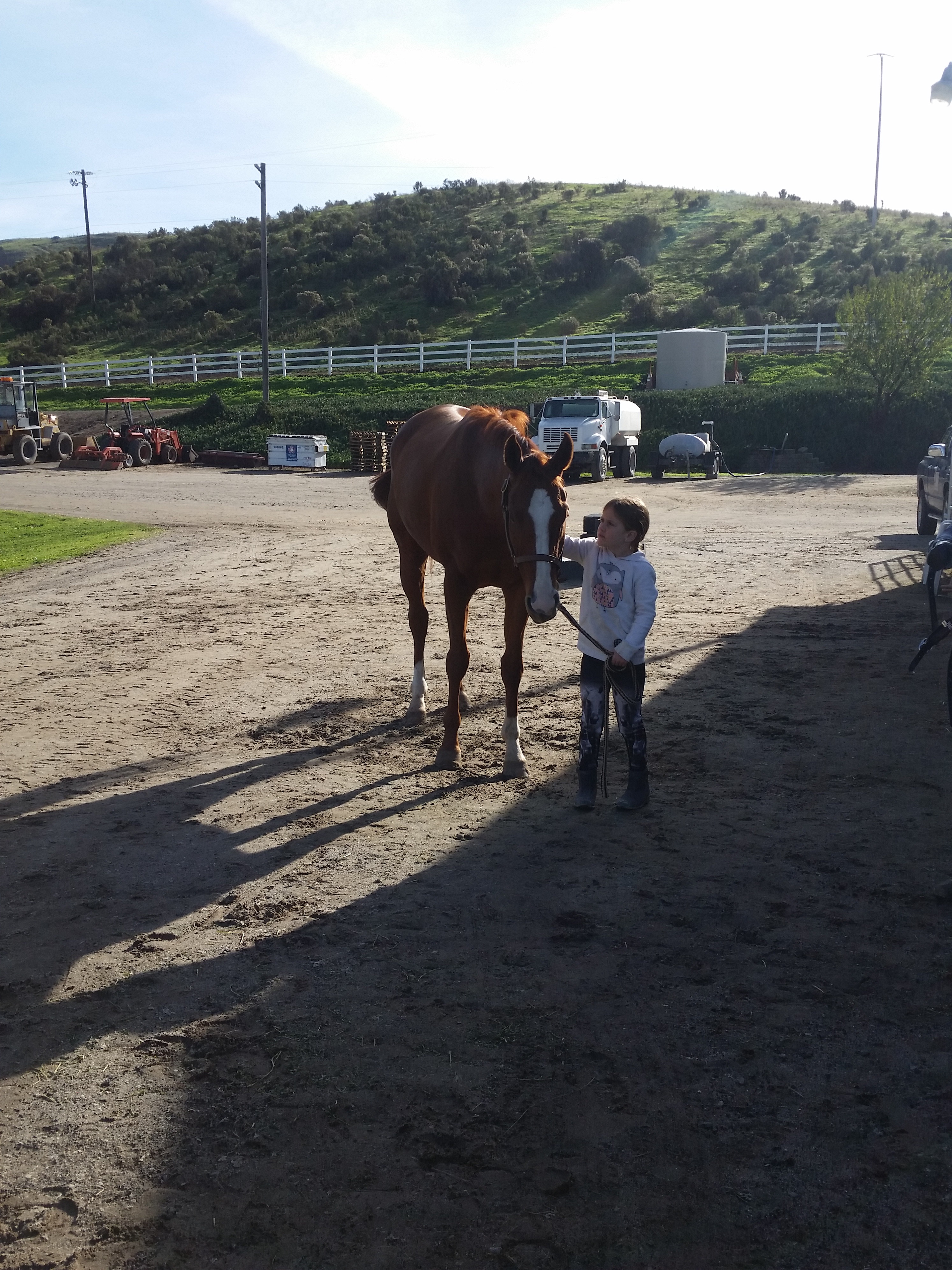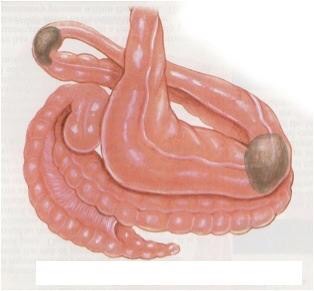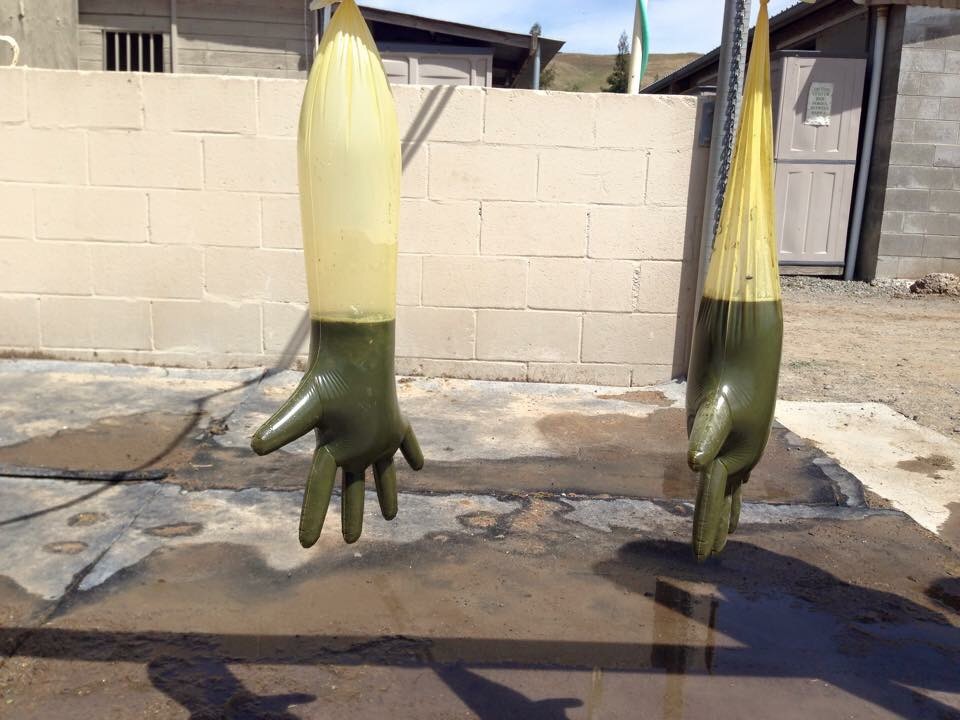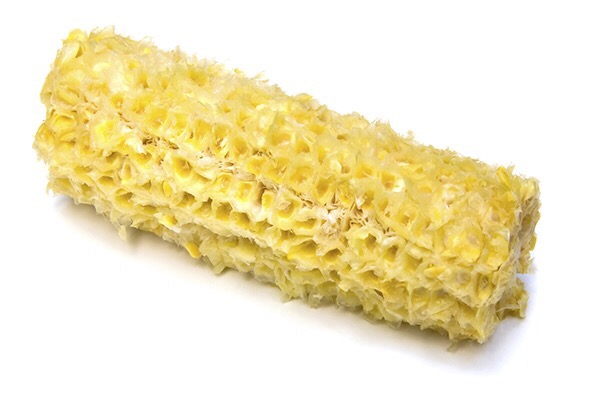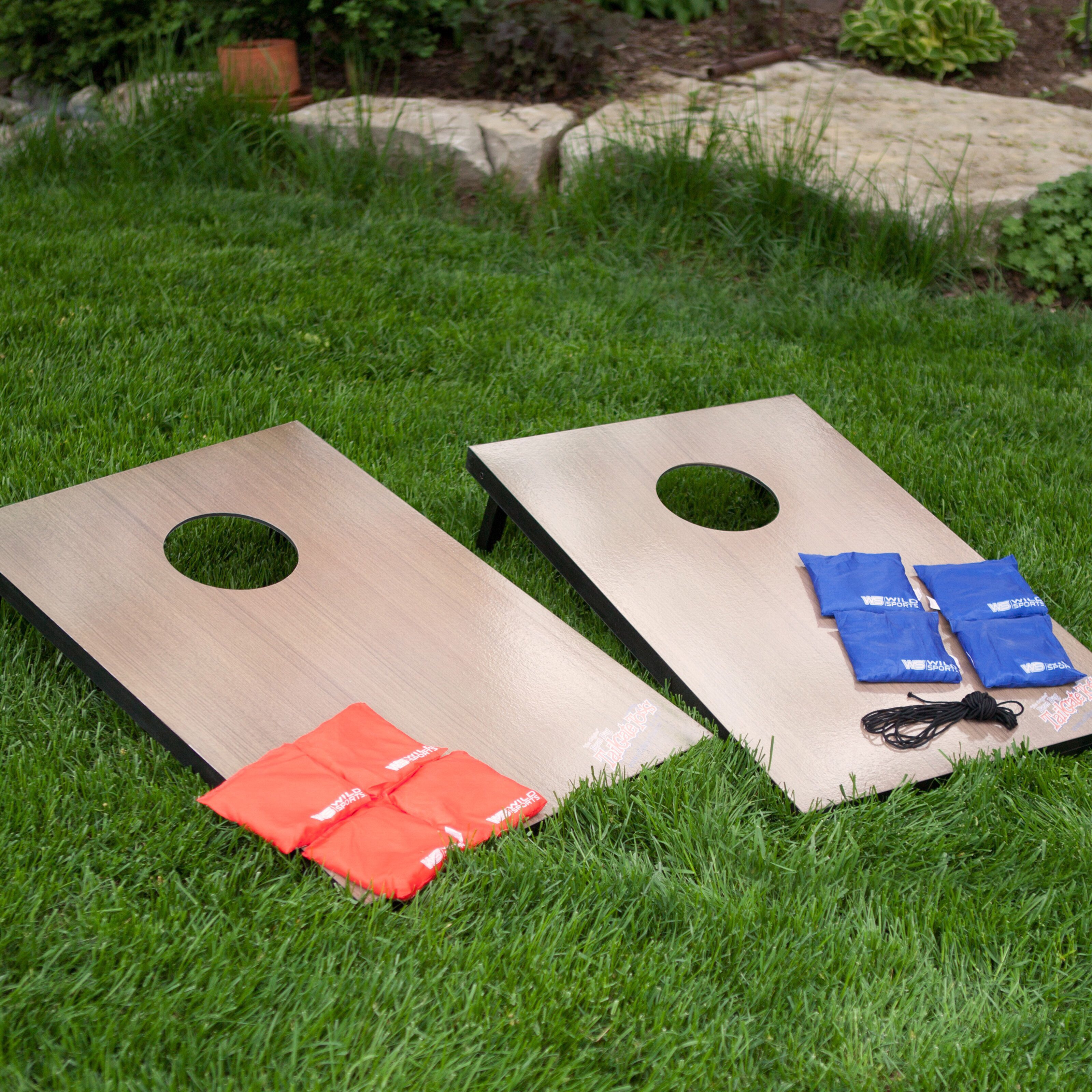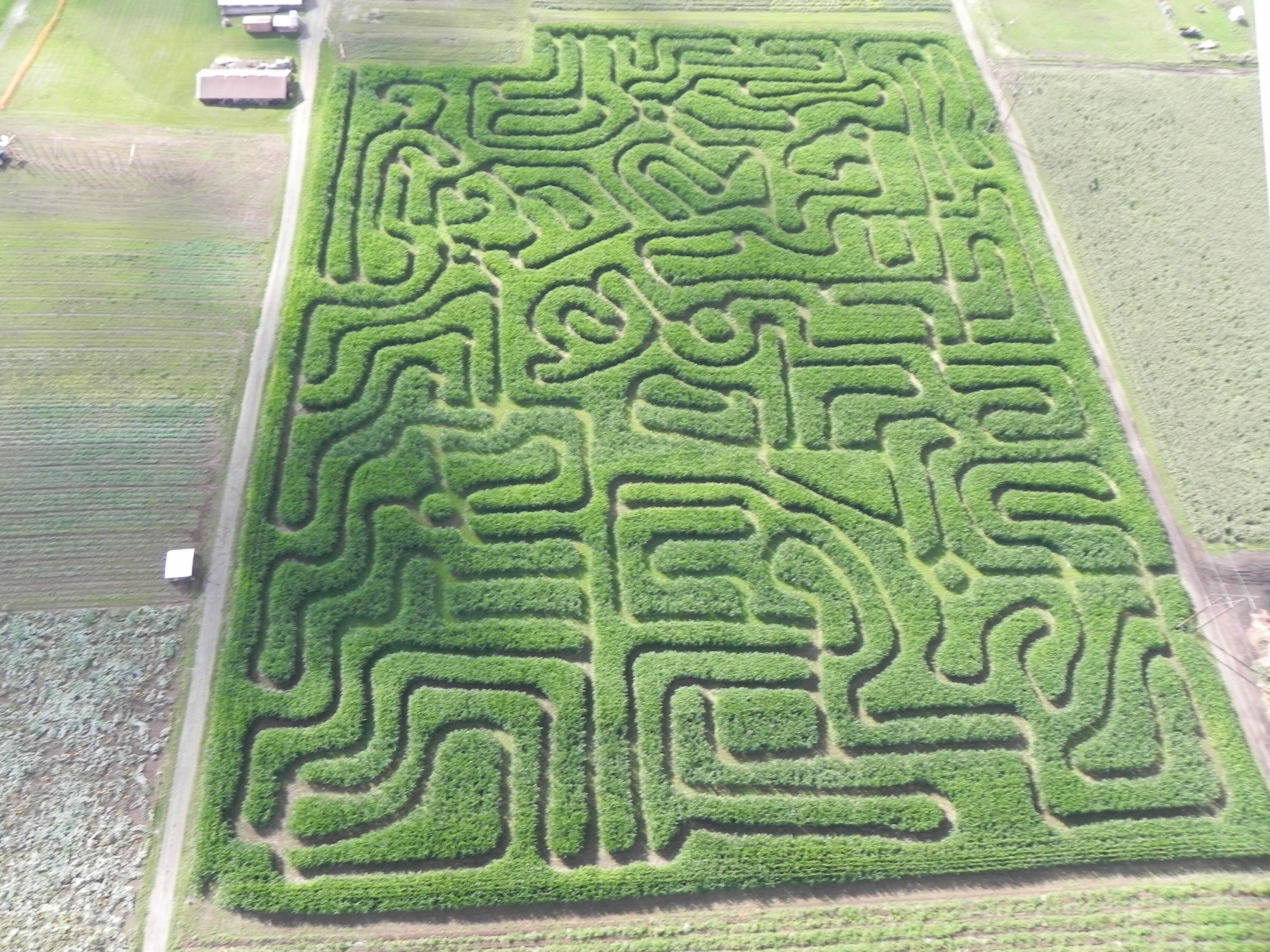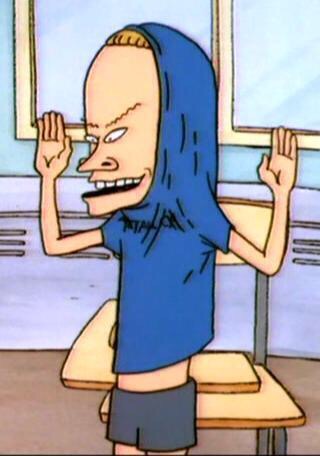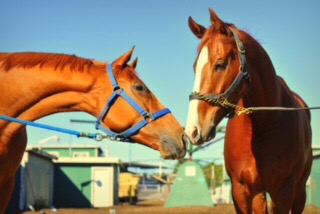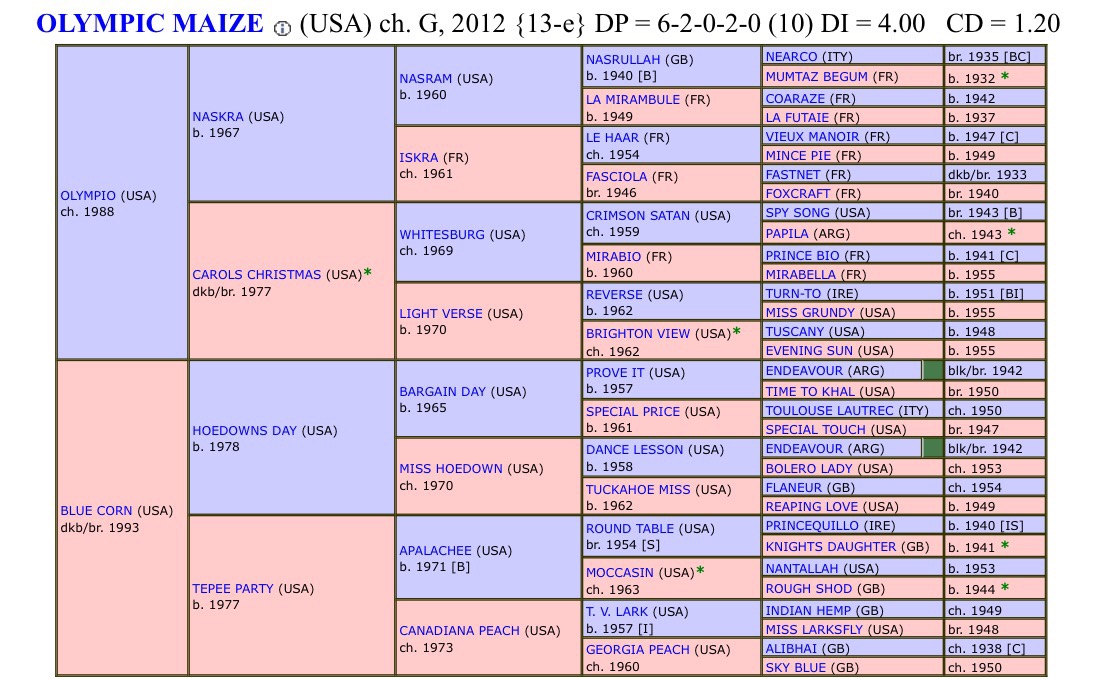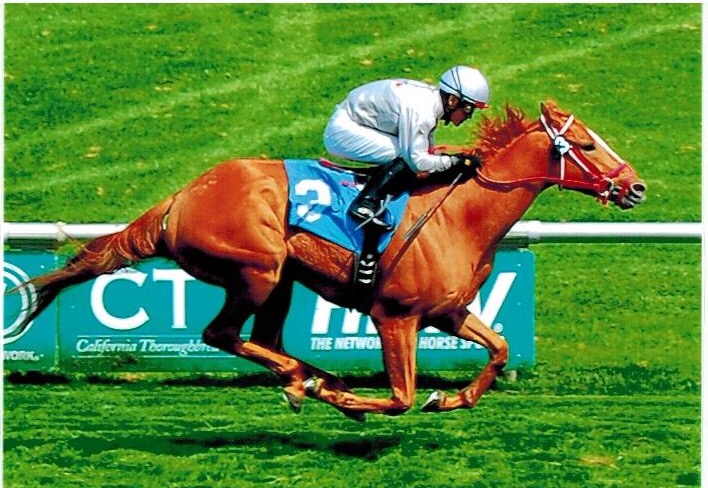A couple years ago I was at my in laws house for Thanksgiving. My baby was about 6 months old, and I was nursing her when I noticed my phone was blowing up. Seemed like one of my clients was having a veterinary crisis with her horse. I excused myself and called her back. She told me that her horse was behaving oddly, and doing something funny with her leg. She was getting ready to call the vet.
I really like my vets, I consider them friends and I don’t want them to have to leave their families on a holiday for no reason. I also really like my clients, many of them are friends too. I don’t want them to have to needlessly pay a huge emergency call fee.
So I asked some questions to determine if the horse needed to see the vet right away. Is she breathing normally? Does she have a fever? What’s her pulse? The answer to all of these questions was “I don’t know.” I was able to walk her through the procedures on how to collect this information. With the assistance of a more knowledgeable boarder who happened upon the scene, I was able to determine that there was no real emergency taking place.
This incident got me thinking, how was this client supposed to learn to do these tests to determine if her horse is ok? If she were in pony club, or horse masters, it probably would have come up in preparation for a testing. Even the D1, the most basic test that the walk/trot kids take, includes a portion where the kids had to know their mounts’ temperature, pulse and respiration (TPR). Many riding lesson students don’t want to pay for lessons in horsemanship, they want lessons in how to jump higher and dressage better.
So I started requiring everyone who leased a horse from me to take a lesson to learn how to take the following measurements:
Temperature
Have a digital thermometer on hand as well as some lube. If no lube, use spit. Many years ago I was in a class at UC Davis where we examined a mare’s cervix. The instructor told us the motto at the horse barn was “when you think you have enough lube, put some more on.” Pretty good life advice, if you ask me.
To take your horses temperature, stand to the side of his haunches, lift his tail, and slide your well-lubed digital thermometer into the rectum until only the screen is visible. A horse’s normal body temperature can range from 99-101·F. Elevated temperatures can be signs of infection or illness.
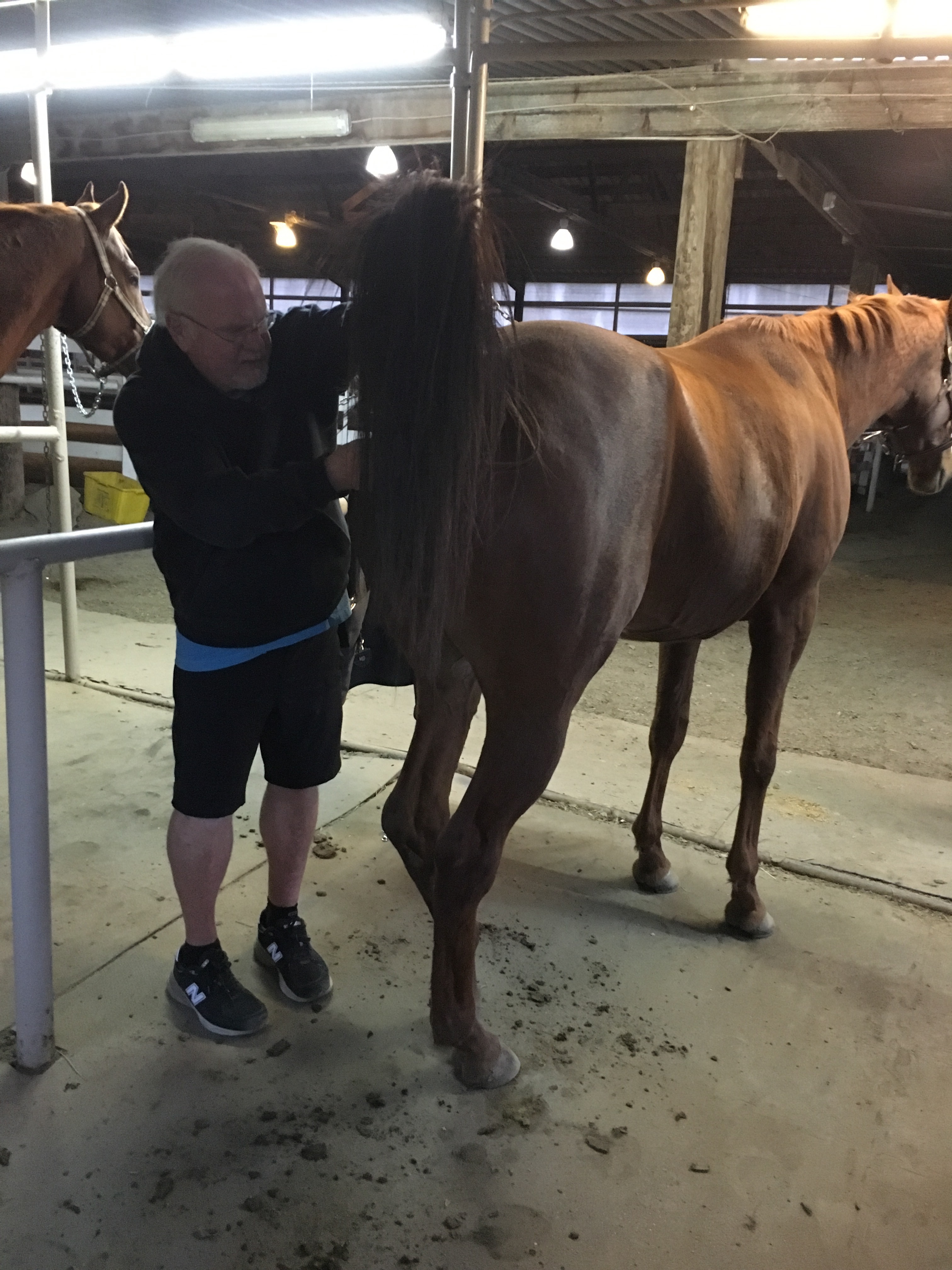 Last month Mark learned to pick his horses’ hooves, this month he learns to take a temperature. This should be a basic skill for every horse owner.
Last month Mark learned to pick his horses’ hooves, this month he learns to take a temperature. This should be a basic skill for every horse owner.
Respiration
Watch your horse’s sides, not his nose, to determine breaths per minute. 8-15 breaths per minute is considered normal for a horse at rest. Some horses breathe faster than that so it’s important to know what is normal for your horse.
 Ann watches Blue’s flanks and counts his breaths per minute.
Ann watches Blue’s flanks and counts his breaths per minute.
Pulse
The”P” in TPR is the most difficult for most horse owners to assess. Practice finding a pulse by pushing a vein under the horses jaw into the inside of his cheek. For shy pulses, it’s often easier to find a vein around the eye to push gently on.
The average adult horse’s pulse is 30-40 beats per minute when at rest. Higher than that is an indicator for pain or other physical distress.
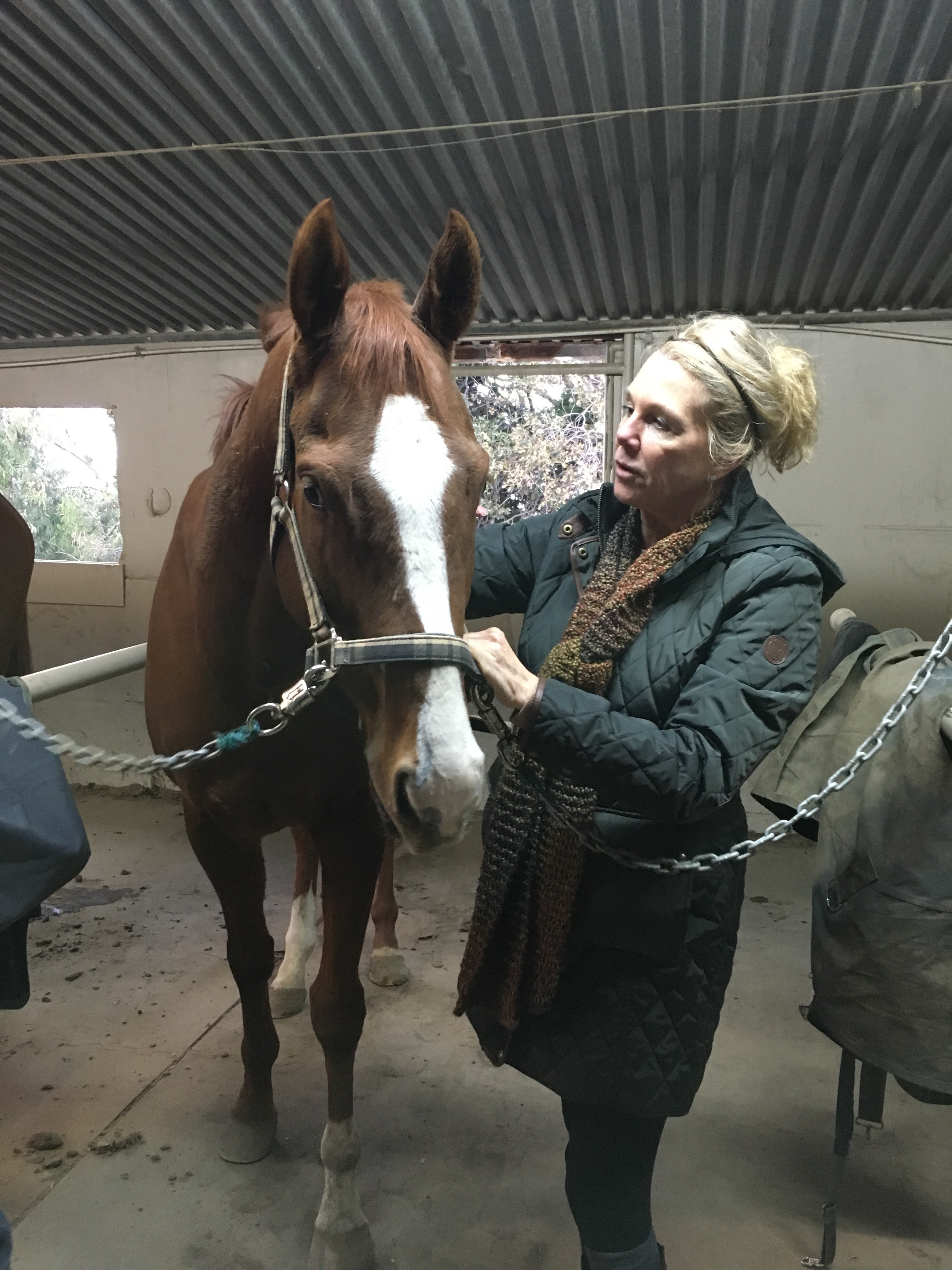 Ann finds Corny’s pulse near his eye.
Ann finds Corny’s pulse near his eye.
The brothers both had very difficult pulses to find. If the horse was in pain, it would probably be easier to find if it was throbbing. The difficulty finding a pulse might be a sign of well being!
Normals
It’s important to know your horse’s baseline metrics for two reasons. The first is so you will know what is normal for them. The second is so you will have experience finding TPR when you are freaked out about your horse’s health.
I keep track of all the horses in my program with an ap on my iPhone. The one I use is called Equi Sketch Records. Blue’s record looks like this 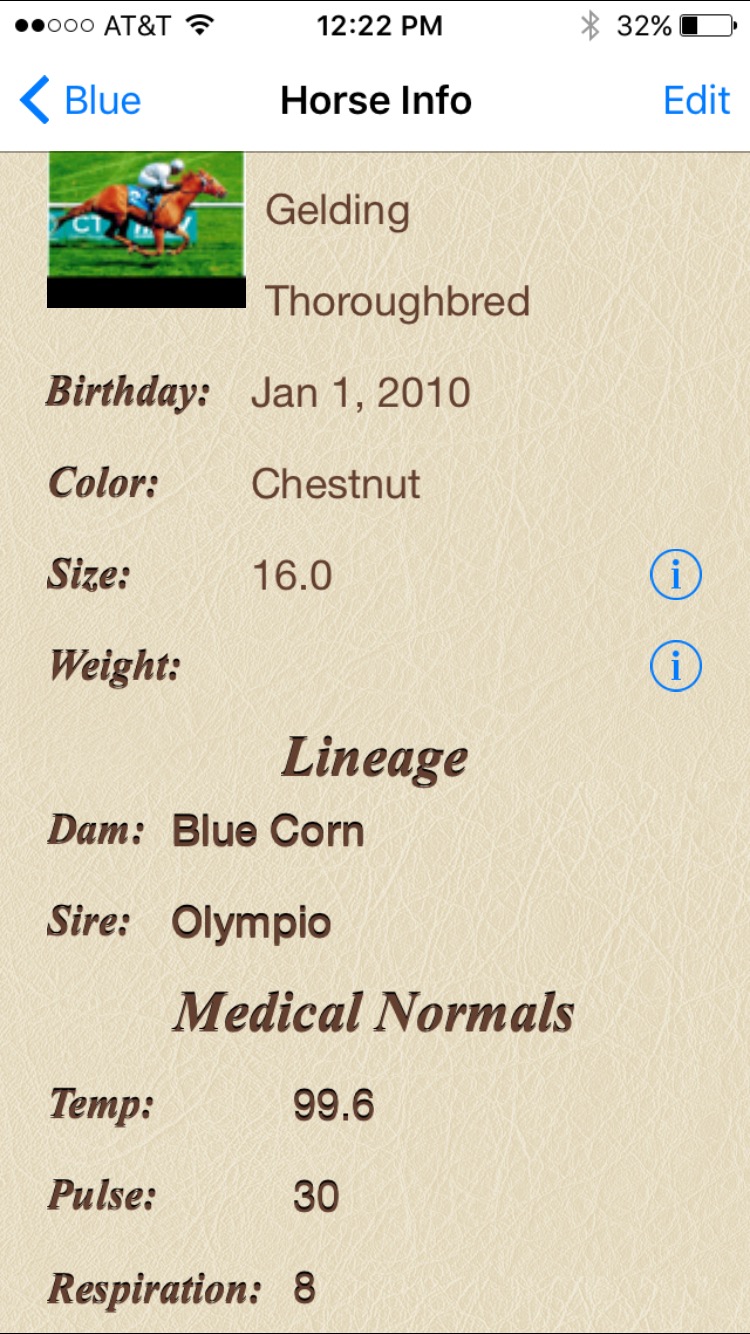
Compare his medical normals with Poni’s:

You can see the difference in what is normal for each equine. Poni’s resting respiration is way out of what is considered normal. If Blue was breathing 42 times per minute at rest, I would be very concerned. For Poni, it’s just how she is.
If you don’t know your horse’s healthy TPR, please make a point of checking it the next time you visit him. Write them down, and keep it in your tack box just in case.
